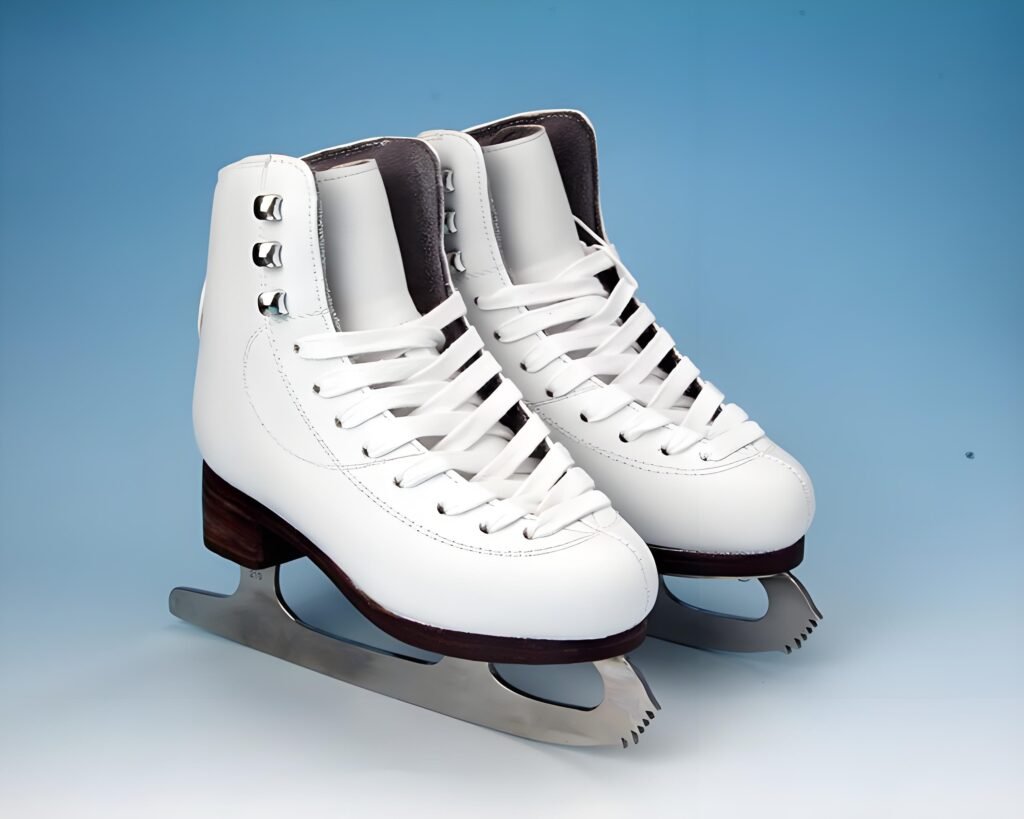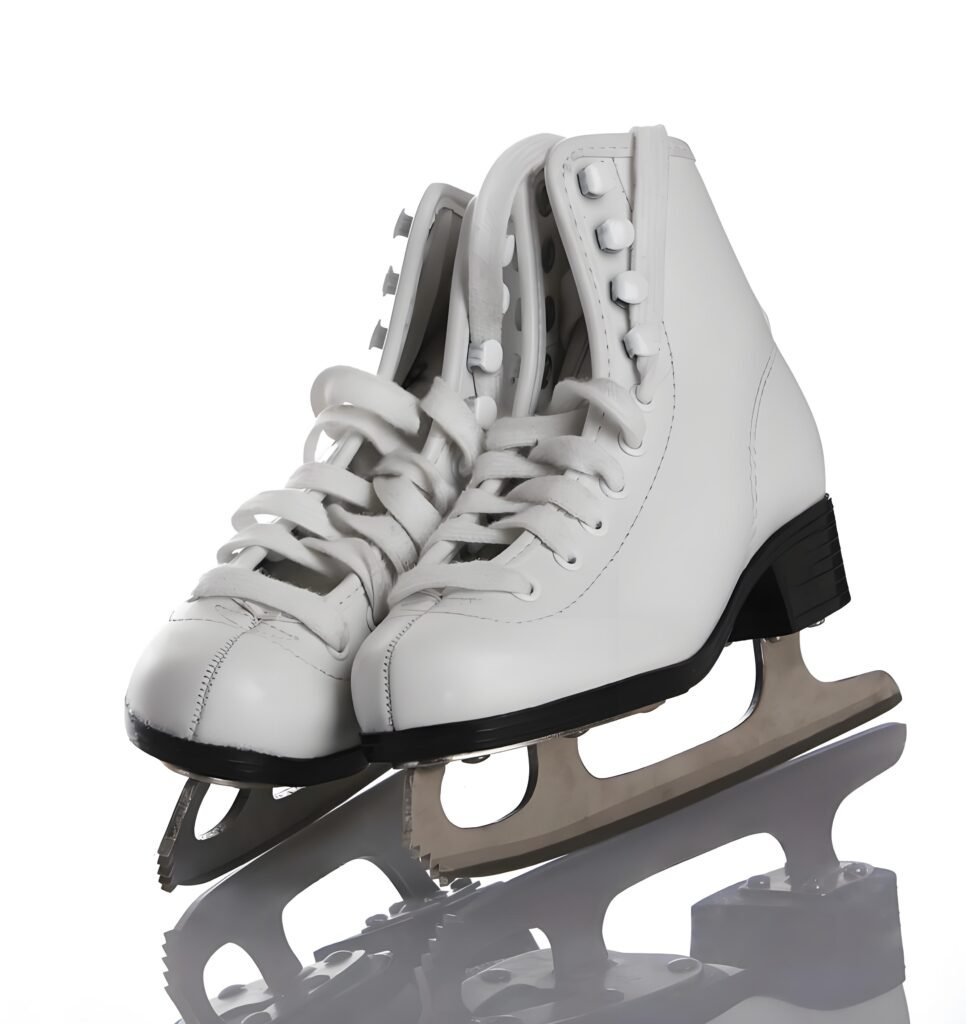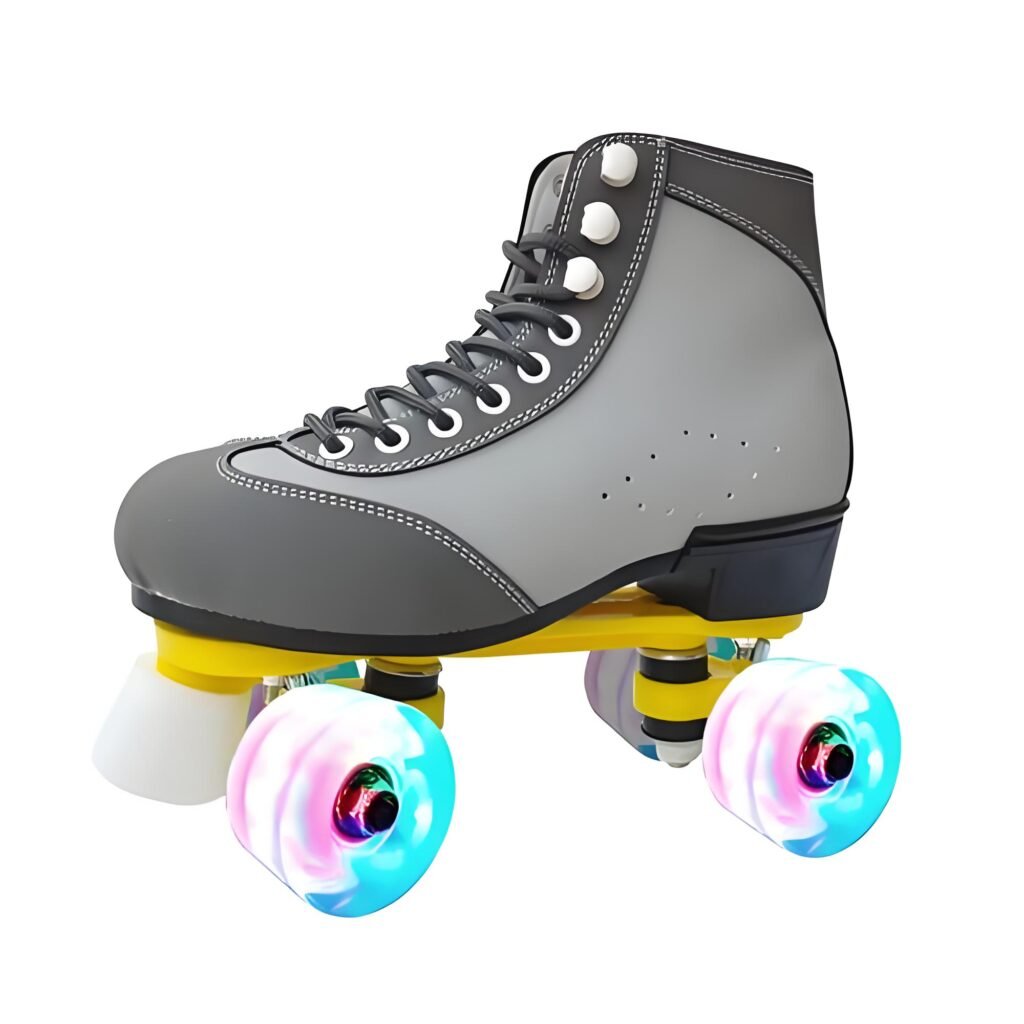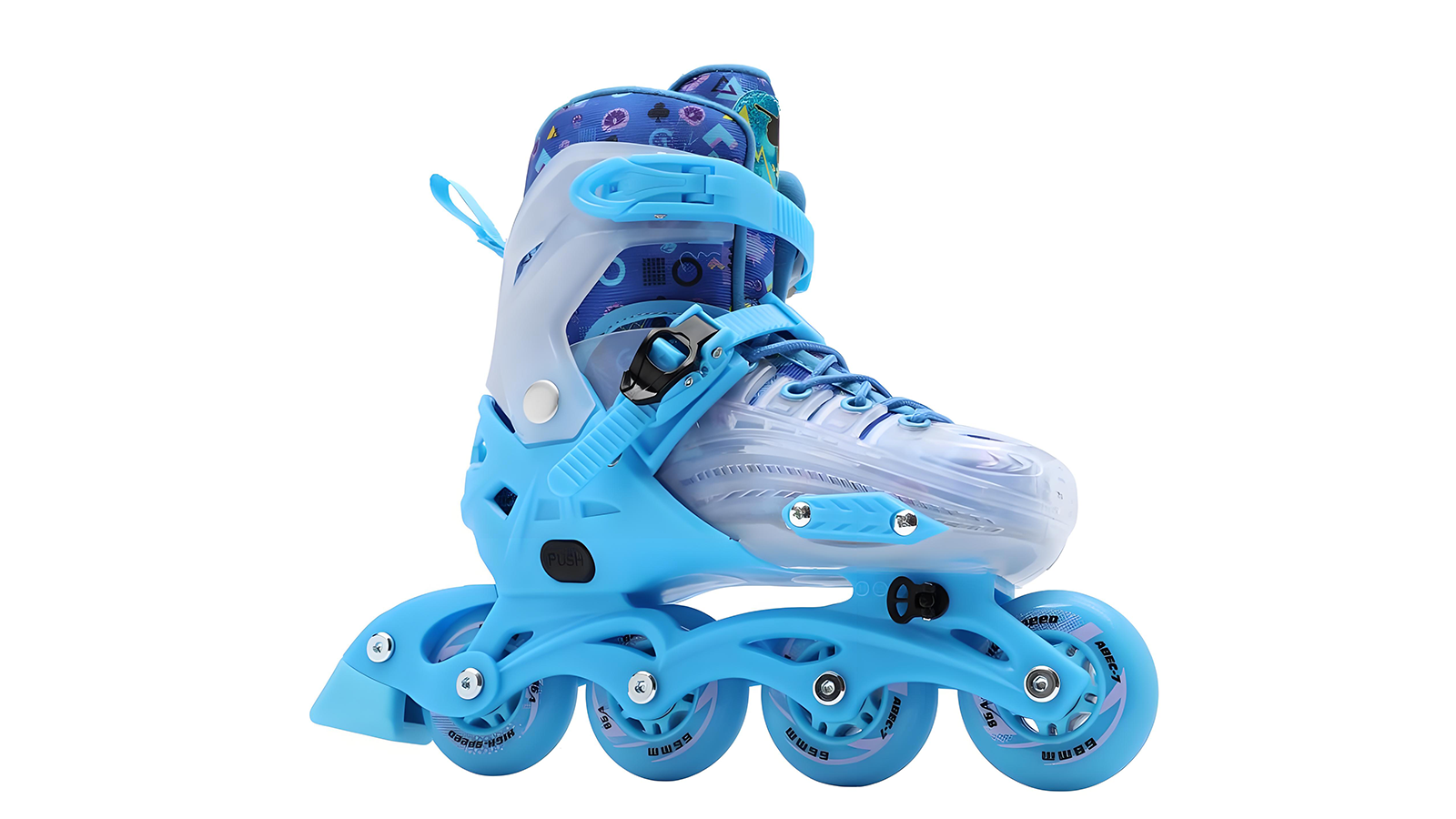But when you want to take your child outdoors for ice skating, you need to choose a pair of Children’s ice skates for your child. But children’s ice skates are different from adult children’s ice skates, and children need more protection. At the same time, their sizes are also different.
So when choosing Children’s ice skates for your own children, you should pay special attention to protection and size. If the size is too large, it may cause slipping, and if it is too small, it may squeeze your feet or even make it impossible to fit. This article will explain the evolution of Children’s ice skates from skating rinks to land, as well as the methods of selection and cleaning and storage. Reading this article will bring some unexpected gains.
Evolution of Children’s Ice Skates: From Rinks to Outdoor Fun
Back in the day, ice skating was mostly a winter activity limited to frozen ponds or indoor rinks. Children’s ice skates back then were simple—basically metal blades attached to basic boots, designed only for gliding on smooth ice surfaces. Parents didn’t think much about specialized features; as long as the skates fit and didn’t fall apart, they were good enough. But as more families started exploring outdoor winter activities beyond traditional rinks—like lake skating or snowy park adventures—the limitations of these basic skates became obvious. Slippery ice, uneven surfaces, and colder temperatures demanded better grip, insulation, and stability.


Over time, manufacturers began rethinking children’s ice skates. The focus shifted from “just skating” to “skating safely in real-life conditions.” Modern children’s ice skates now integrate rubber soles for better traction on wet or rough ice, padded ankle supports to prevent twists during playful outdoor jumps, and breathable linings that keep tiny feet warm without overheating. Some even feature adjustable straps or quick-lace systems, making them easier for kids to put on and off—a lifesaver for parents juggling gloves, hats, and hot cocoa at the park.
Protection & Sizing: Key Factors for Children’s Ice Skates
Picking children’s ice skates isn’t just about color or brand. A parent’s real concern? Safety and fit. Say your kid’s zooming across an icy path—loose skates could twist ankles mid-slide, while overly tight ones numb toes before the fun starts. Modern children’s ice skates tackle this with dual-density padding: soft for comfort, firm for stability. It’s like a hug for feet, keeping them secure without squeezing.


But how do you know if they’re “just right”? Forget tape measures—watch how kids move. A proper fit means they can wiggle toes freely but feel snug around the heel. Try this: have them march in place. If the skates slip off, they’re too big. If their face scrunches in pain, too small. Simple.
Cleaning & Usage Tips for Children’s Ice Skates
Roller skates aren’t just toys—they’re tools for movement, balance, and play. Whether your child skates daily or only on weekends, proper maintenance keeps them rolling smoothly and safely. Here’s how to care for roller skates without overcomplicating the process.
Unlike ice skates that rely on blades, roller skates depend on wheels. Over time, the front wheels wear down faster due to braking habits. Swap wheels periodically to balance wear—think of it like rotating car tires. If the wheels look flat on one side, it’s time for a replacement. For outdoor use, harder wheels last longer on rough surfaces, while softer ones grip better on smooth pavement.
Conclusion
But beyond technical specs, the real value lies in what these skates represent: a child’s first steps into independent exploration. When a pair of children’s ice skates fits well, feels secure, and withstands the test of frosty days, it becomes more than gear—it becomes a companion in creating memories. Whether it’s a family outing on a frozen lake or a solo glide across a backyard rink, the right skates turn hesitation into confidence.
Got questions? contact us.

